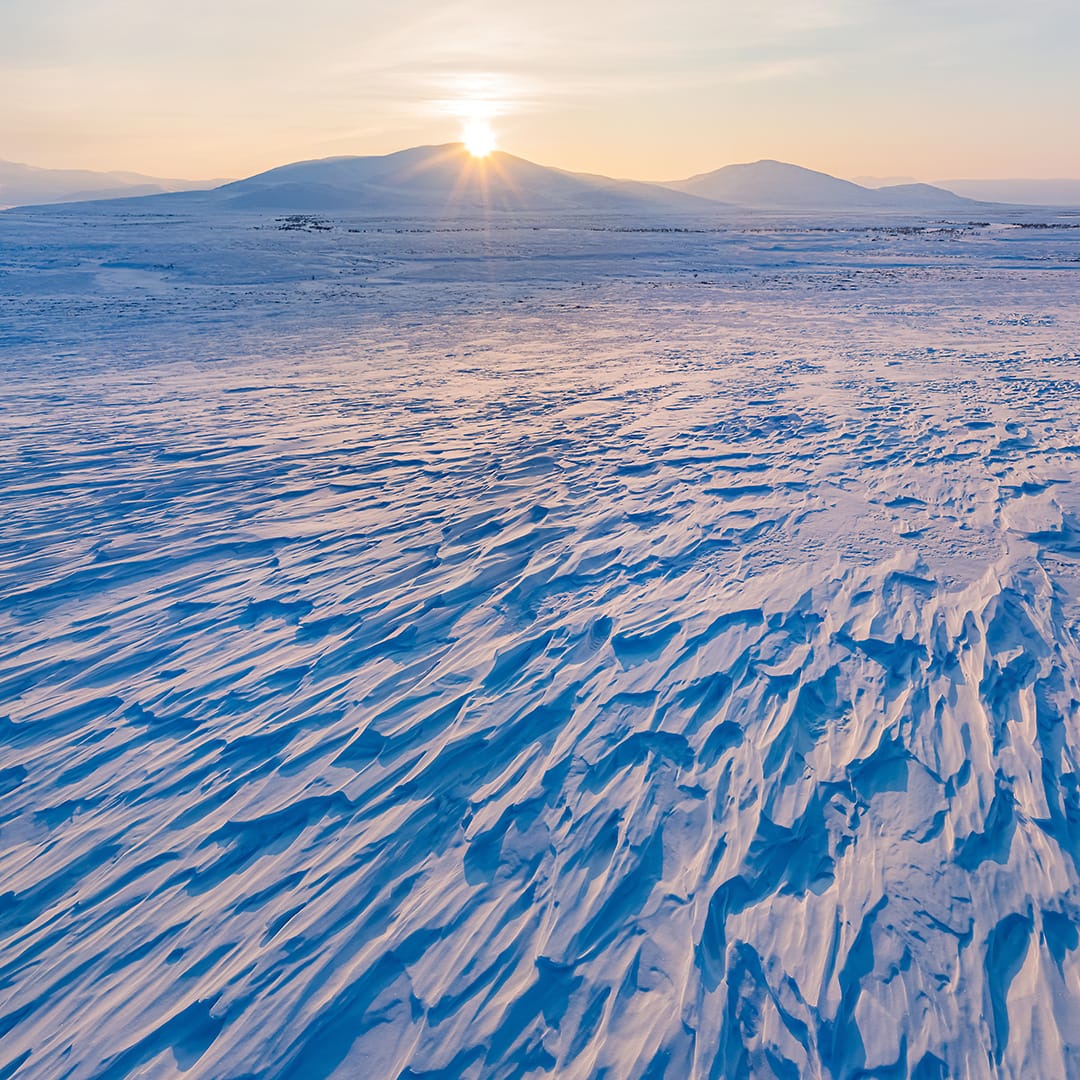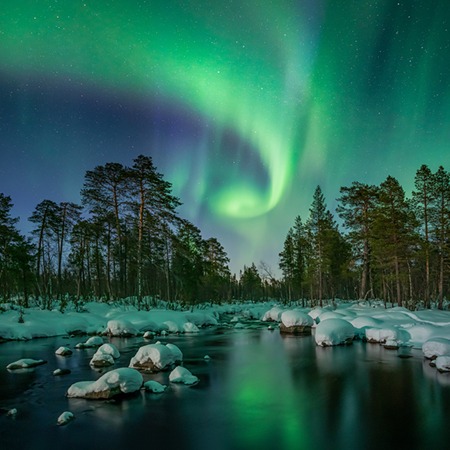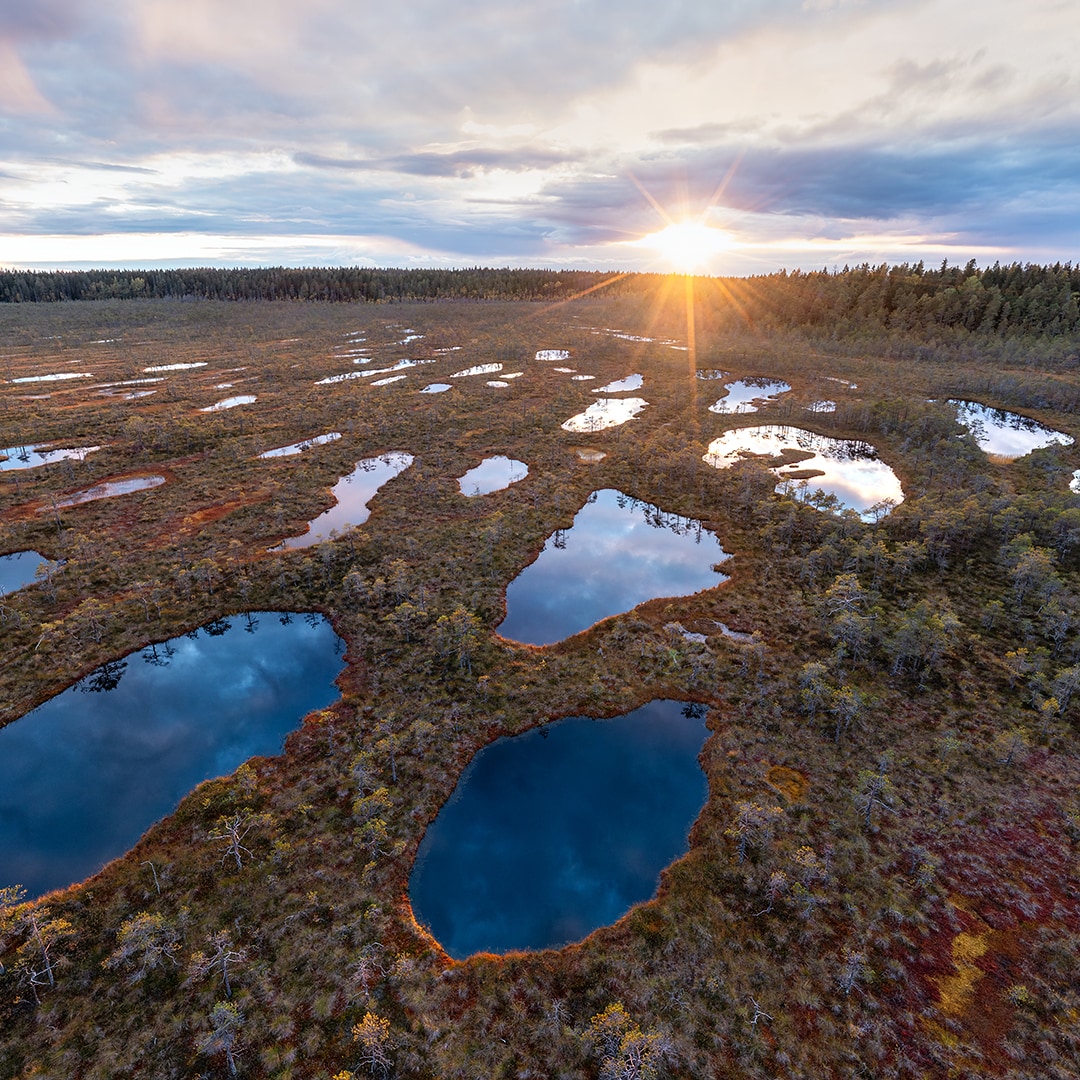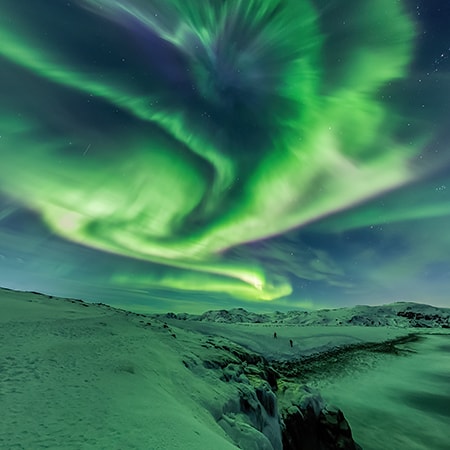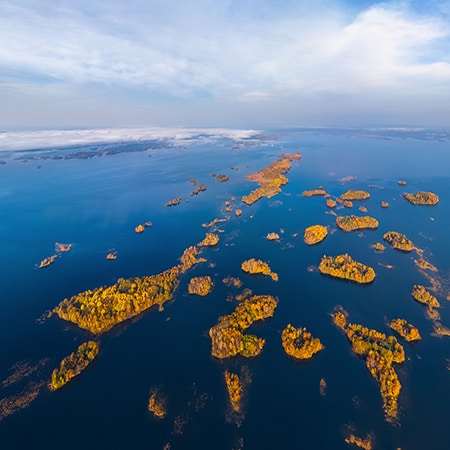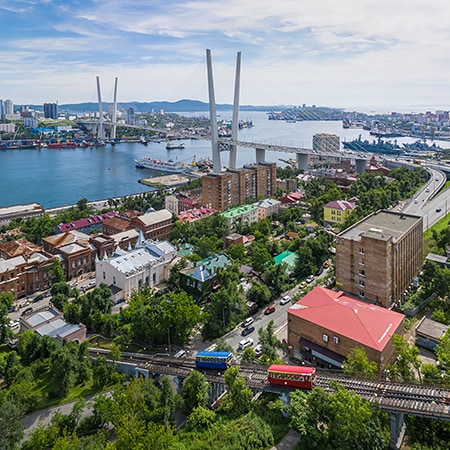Kremlin, 360° 8K video
The Moscow Kremlin is the main social and political center of the capital city. A symbol of the historical glory of Russia. This fabulous architectural ensemble was formed in the fifteenth century under the guidance of the best Italian architects of that time. It still makes a great impression on anyone who has seen this Russian shrine.
Most visitors can get into the heart of Russia through one of the twenty Kremlin towers - Kutafya tower. The path to the Kremlin lies along the Trinity Bridge, framed by the famous battlements of the Kremlin - swallowtails, which have become a symbol of Moscow architecture.

At the Kremlin entrance visitors are greeted by the Tsar Cannon. This miracle of engineering with a calibre of 890 millimetres and a bronze barrel weighing about 40 tons was made by a craftsman Andrei Chokhov at the Moscow Cannon Yard in 1586.
A little further on visitors will find the famous Tsar Bell - a monument to the bell-foundry art of the 18th century. It is 6 metres high and weighs 202 tons.
Both giant symbols of Russia stand on Ivanovskaya Square - the oldest square in the Kremlin, formed back in the 14th century. Previously, the famous Chudov Monastery, where infants of the royal family were baptised, and the most noble Russian princes were buried, was located on this square too. But in the 1930s it was destroyed. On this square you can see the foundations of the legendary monastery and visit the museum dedicated to this popular place.

Let's move on to the Cathedral Square, which is the historical and architectural centre of the Moscow Kremlin. The most significant religious buildings are located on this square - the Uspenskiy and Archangel's Cathedrals, the Bell Tower of Ivan the Great. One of the oldest civil buildings in Moscow is located here - the Faceted Chamber. The Red Porch where we are now is the main entrance to the Faceted Chamber. Its name came from the old Russian language when the word "red" meant "beautiful". The Faceted Chamber was built in the style of the Florentine Palazzo for assemblies of legislative chambers. Interior walls and vaults were painted with frescoes in the 16th century by the famous Russian painter Simon Ushakov. Today the Faceted Chamber is used as the Representative Hall of the residence of the President of Russia.

The Grand Kremlin Palace appeared on the territory of the Moscow Kremlin only in the 19th century by order of Emperor Nicholas the First. The palace is made in the Russian-Byzantine style.
There are some great halls in the palace.
The George Hall is named after St. George, highly revered in the Christian religion and the patron saint of several countries in Europe and the Middle East. He is also considered the patron saint of the armed forces and one of the most prominent military saints. It is the largest ceremonial hall of the palace, the highest military awards are presented here.
The Alexander's Hall is named after St. Alexander Nevsky, the famous prince of ancient Russia, who since the 13th century has been considered the defender of Russian lands and the Orthodox Christian religion from Western Europe invaders and nomads from the east.

Andreevsky is the most significant hall. It is named after St.Andrew - the first of the 12th apostles of Christ. He is the patron saint of Scotland and Russia. The Order of St. Andrew is the HIGHEST state award in Russia for exceptional services contributing to the prosperity, greatness and glory of the country.
The appearance of the Moscow Kremlin, as we see it today, was formed at the end of the fifteenth century, when the main cathedrals: the Uspenskaya, Archangel's and Blagoveshanskaya, as well as the Bell Tower of Ivan the Great, were built on its territory. In the 17th century, this ensemble was complemented with the building of the Chamber Palace.

This unique building, which looks like a carved box, was built in 1635 by the decree of Mikhail Fedorovich, the first Tsar of the Romanov dynasty. The Chamber Palace is a real pinnacle of traditional Russian architecture. The interiors of the Palace are unique wall paintings in the Russian style. They were done by a group of icon painters led by Simon Ushakov. The front room is called the canopy and is decorated with amazing polychrome tiles. The court nobility used to gather here, waiting for the Tsar to come out. It was here where the first meetings of the ancient Russian parliament- the Boyar's Duma - took place . The chamber is also called the Sobor or Duma. Here they discussed projects of decrees, which were then submitted to the Tsar. The next chamber is the Throne Chamber. The Tsar's personal office. Golden and purple colours predominate in the decoration here. In this place decrees were approved, the Tsar received visitors and petitioners.
The Moscow Kremlin is an incredible collection of cultural artefacts. However, for most Russians the symbol of the Kremlin is still the Spasskaya Tower, built in 1491 to enhance the northeastern part of the fortress. The first clock on the tower was installed back in the 15th century. However, the hourplate, known to many Russians today, took a long time to take its modern look. Only after the reconstruction carried out by two German manufacturers Johann and Nikolai Butenop in 1851, the Chimes acquired their modern appearance and a new mechanism for controlling the Bell Tower. This clock's name is Kuranty, it has been operating in this mode for almost 200 years. The accuracy of the Spasskaya Tower clock is monitored 3 times a day. The musical mechanism is a huge copper cylinder, which today is operated by an electric motor.

The walls of the Moscow Kremlin are an undoubted pearl of architecture. The total length of the wall is 2235 meters and the thickness reaches 6.5 meters. The powerful fortress has never been destroyed in the entire history of the country. Even during World War II. Every Russian knows the view of the Kremlin walls from Red Square - the main square of the country. For many centuries city holidays, concerts, demonstrations and public events have been held at this place. One of them is The May 9th parade that takes place annually on May 9, which is dedicated to the Victory in World War II, and is especially important to all Russians.
According to statistics, today Red Square is visited by more than a million people per month. The Senate Palace is the place which houses the government authorities.
The building of the Senate Palace was erected in 1787 according to the design of the main Russian architect of that time, Matvey Kazakov. Today it is the working residence of the president, which includes numerous meeting rooms, work rooms, as well as a presidential library. The library of the Senate Palace preserves the best collection of books on the history of Russia and the history of the Moscow Kremlin. The Constitution of the Russian Federation main book is placed in the centre of the hall. An extensive heraldic collection is displayed in the corridors of the building. Meetings of the Russian Security Council are also held here in the Senate Palace. This hall, familiar to everyone from television broadcasts, was designed in a classic style. Now we are in the Catherine Hall - the largest and most festive hall of the Senate Palace. The round hall is decorated with 24 white marble columns. 18 high-relief panels reflect the state activities of Empress Catherine the Great and glorify legitimacy, justice and education.

In the very centre of the residence is the President's office. The Office is decorated in a classic style: stained oak, painted ceilings, crystal chandelier, restrained colours. All this gives the office a special splendour.
Moscow Kremlin is the amazing treasury. Its riches, both spiritual and material, are truly inexhaustible.
Photos and video: Stas Sedov, Sergey Semenov
08 September 2024
Read more
Virtual Travels in 360°
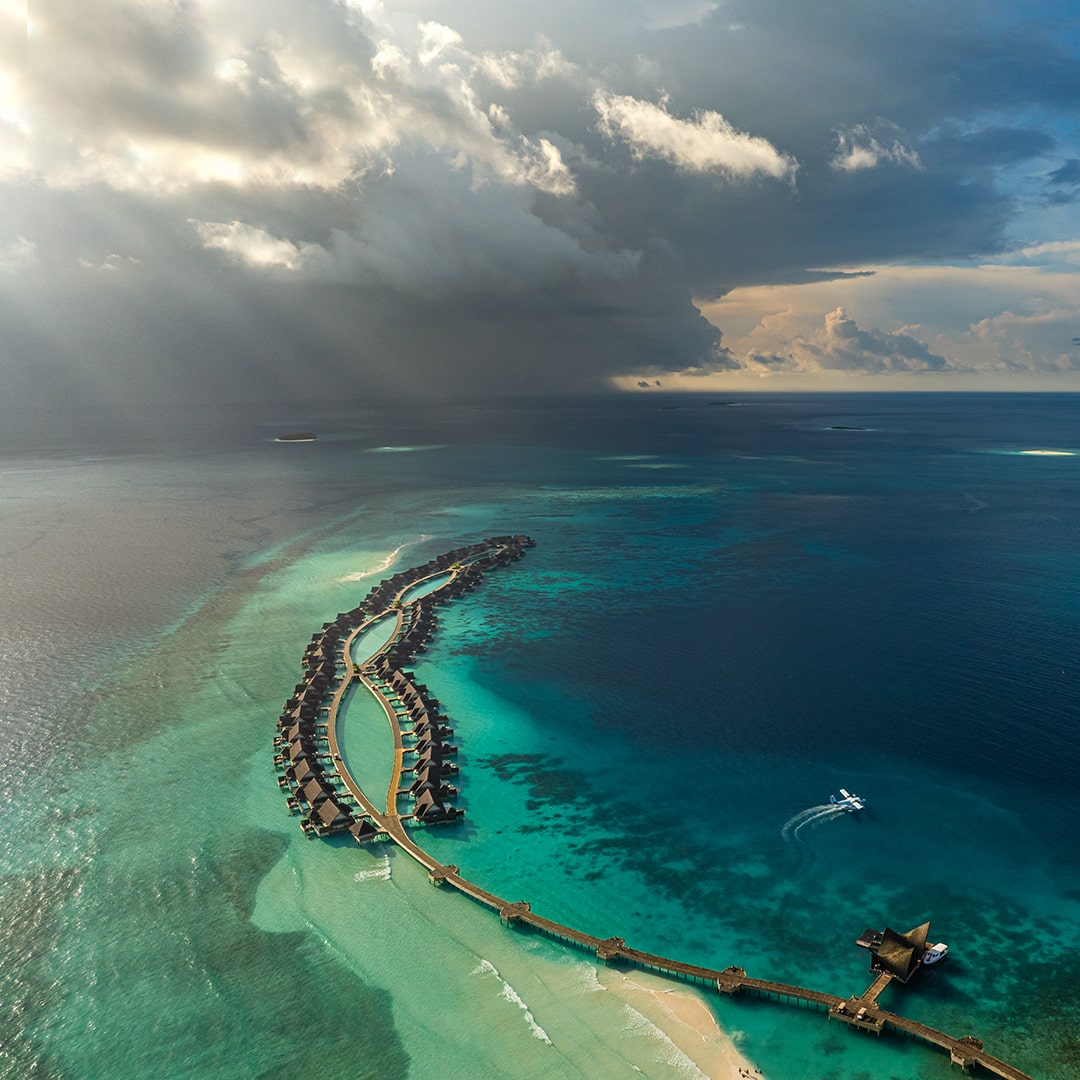 Maldives - Paradise Islands, part III
Maldives - Paradise Islands, part III
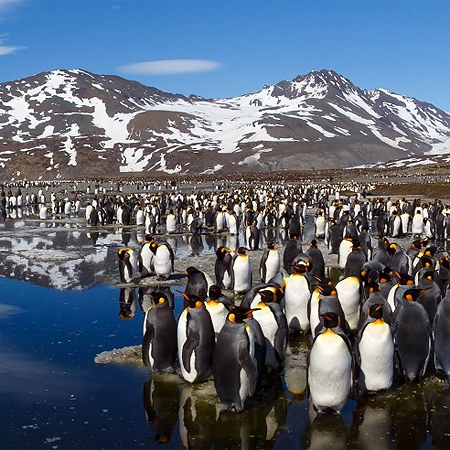 Antarctica, South Georgia Island
Antarctica, South Georgia Island
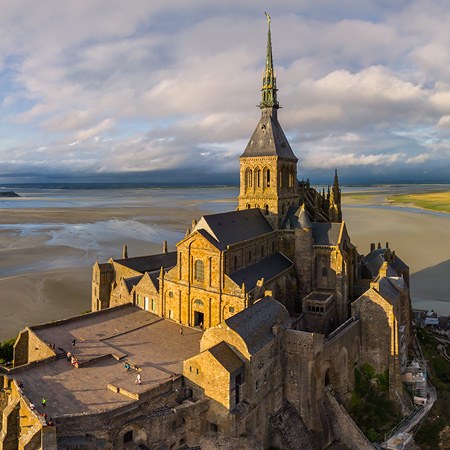 Abbey Mont Saint-Michel, France
Abbey Mont Saint-Michel, France
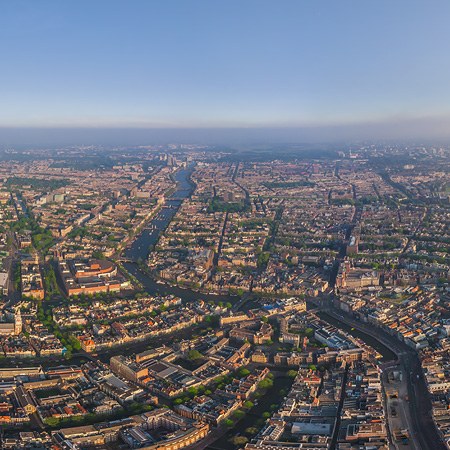 Amsterdam, Holland, 2009
Amsterdam, Holland, 2009
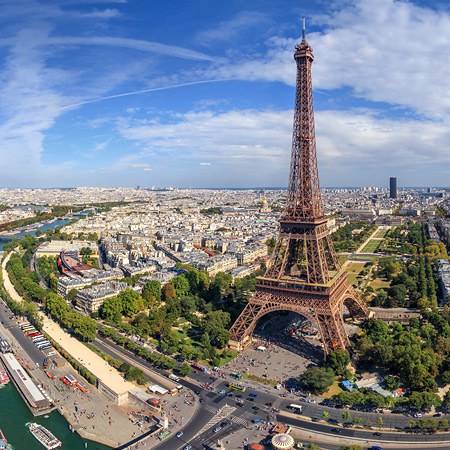 Eiffel Tower, Paris, France
Eiffel Tower, Paris, France
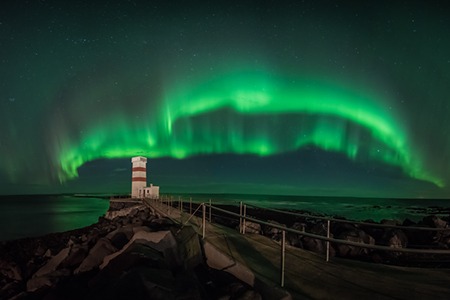 Northern lights in Iceland. 360 video in 12K
Northern lights in Iceland. 360 video in 12K
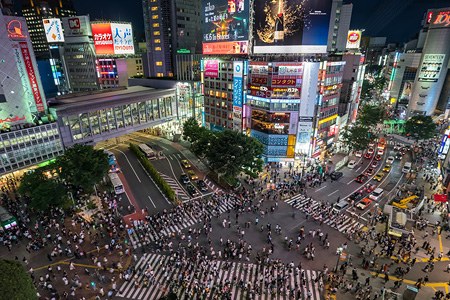 Shibuya Crossing. Tokyo, Japan
Shibuya Crossing. Tokyo, Japan
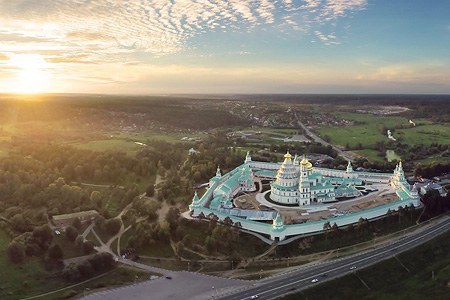 New Jerusalem Monastery, Russia
New Jerusalem Monastery, Russia
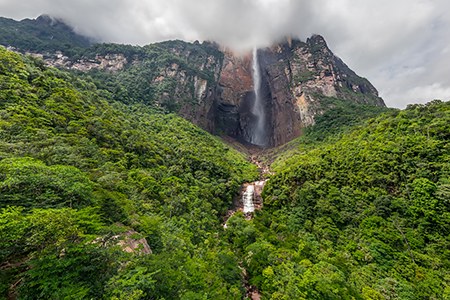 Trip to Angel Falls, Venezuela
Trip to Angel Falls, Venezuela
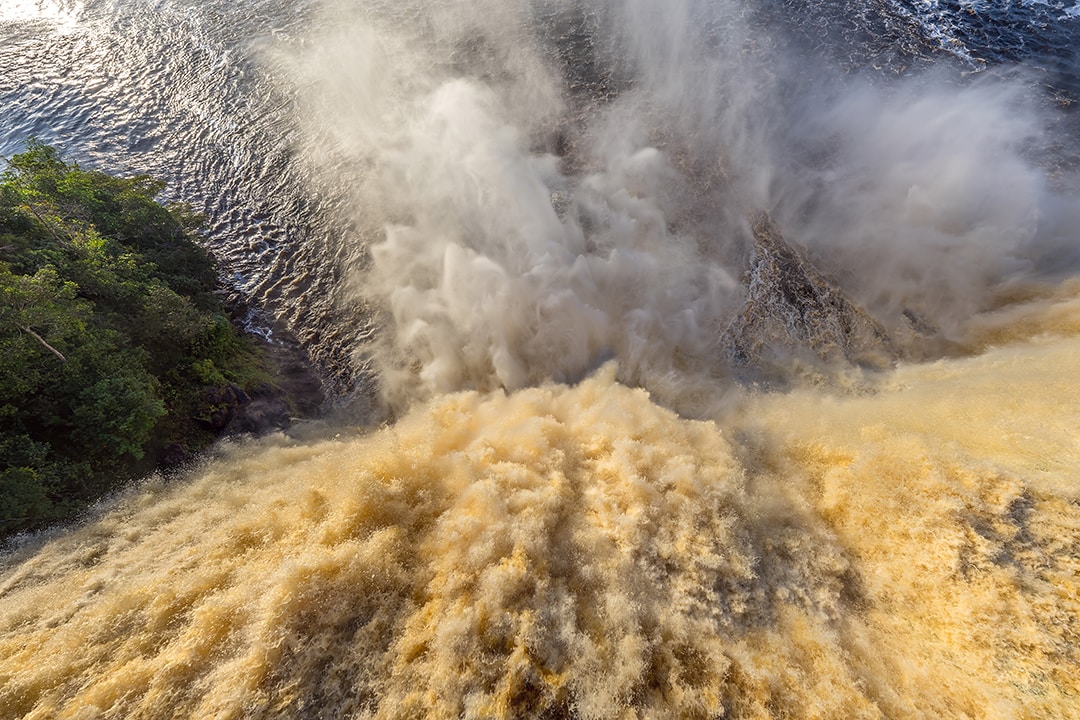 Hacha Waterfall, Canaima Lagoon, Venezuela
Hacha Waterfall, Canaima Lagoon, Venezuela
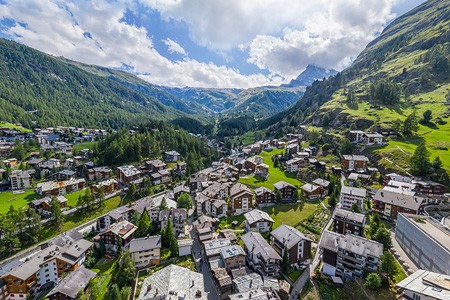 Zermatt, Matterhorn, Switzerland
Zermatt, Matterhorn, Switzerland
Show more




